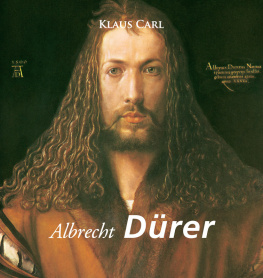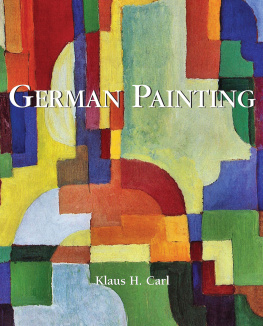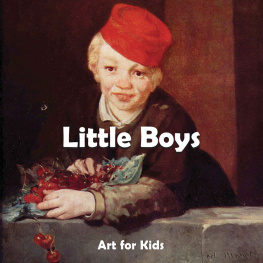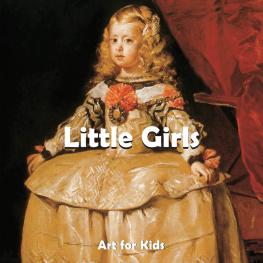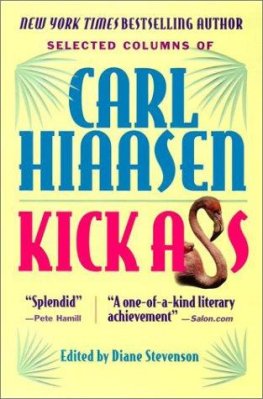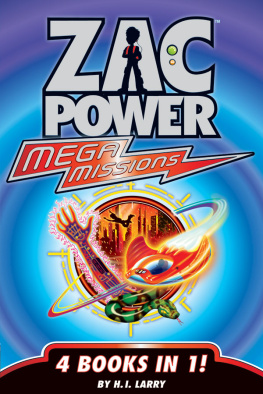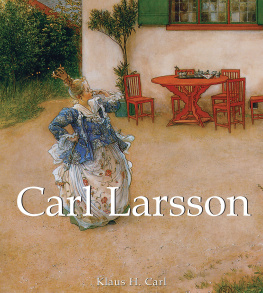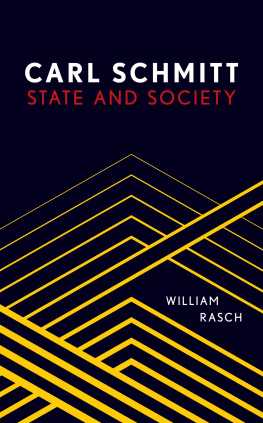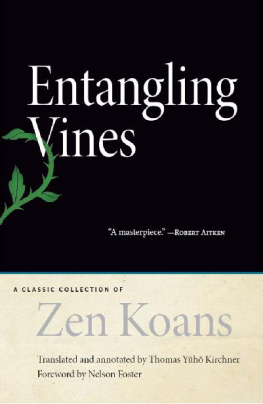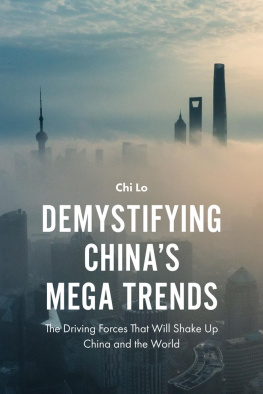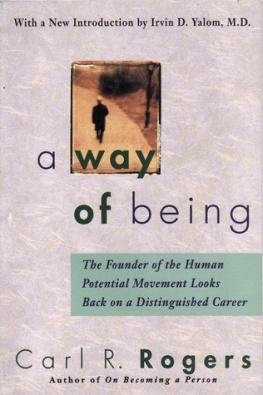Carl - Kirchner: Mega Square
Here you can read online Carl - Kirchner: Mega Square full text of the book (entire story) in english for free. Download pdf and epub, get meaning, cover and reviews about this ebook. City: New York, year: 2014;2013, publisher: Parkstone International;Confidential Concepts, genre: Detective and thriller. Description of the work, (preface) as well as reviews are available. Best literature library LitArk.com created for fans of good reading and offers a wide selection of genres:
Romance novel
Science fiction
Adventure
Detective
Science
History
Home and family
Prose
Art
Politics
Computer
Non-fiction
Religion
Business
Children
Humor
Choose a favorite category and find really read worthwhile books. Enjoy immersion in the world of imagination, feel the emotions of the characters or learn something new for yourself, make an fascinating discovery.
- Book:Kirchner: Mega Square
- Author:
- Publisher:Parkstone International;Confidential Concepts
- Genre:
- Year:2014;2013
- City:New York
- Rating:3 / 5
- Favourites:Add to favourites
- Your mark:
- 60
- 1
- 2
- 3
- 4
- 5
Kirchner: Mega Square: summary, description and annotation
We offer to read an annotation, description, summary or preface (depends on what the author of the book "Kirchner: Mega Square" wrote himself). If you haven't found the necessary information about the book — write in the comments, we will try to find it.
Carl: author's other books
Who wrote Kirchner: Mega Square? Find out the surname, the name of the author of the book and a list of all author's works by series.
Kirchner: Mega Square — read online for free the complete book (whole text) full work
Below is the text of the book, divided by pages. System saving the place of the last page read, allows you to conveniently read the book "Kirchner: Mega Square" online for free, without having to search again every time where you left off. Put a bookmark, and you can go to the page where you finished reading at any time.
Font size:
Interval:
Bookmark:
Layout:
Baseline Co Ltd
61A-63A Vo Van Tan Street
Nam Minh Long Building, th floor
District , H Chi Minh-City
Vietnam
Confidential Concepts, worldwide, USA
Parkstone Press International, New York, USA
Ernst Ludwig Kirchner: Dr. Wolfgang and Ingeborg Henze, Wichtrach / Berne
All rights reserved
No part of this publication may be reproduced or adapted without the permission of the copyright holder, throughout the world. Unless otherwise specified, copyrights on the works reproduced lies with the respective photographers. Despite intensive research, it has not always been possible to establish copyright ownership. Where this is the case we would appreciate notification
ISBN 978-1-78160-822-7
For me this is out of the question. Nor do I regret it The delights the world affords are the same everywhere, differing only in their outer forms. Here one learns how to see further and go deeper than in modern life, which is generally so very much more superficial despite its wealth of outer forms.
Ernst Ludwig Kirchner
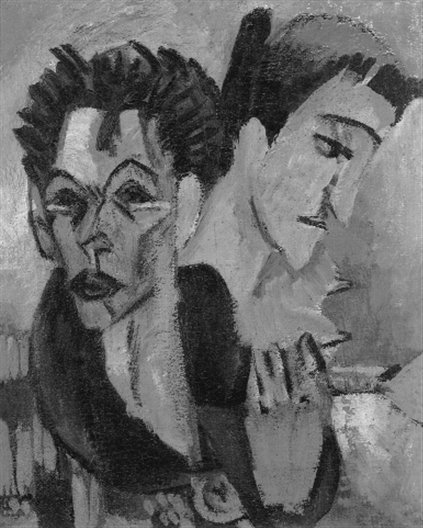
Self-Portrait, Double Portrait, 1914.
Oil on canvas, 60 x 49 cm,
Staatlische Museen zu Berlin, Nationalgalerie, Berlin.
6 th May 1880: Birth of Ernst Ludwig Kirchner in Aschaffenburg, into a high-class family. Son of Ernst Kirchner (1847-1921) and Maria Elise Franke (1851-1928).
1886: The family move to Francfort-sur-le-Main, and then in 1887 they move to Perlen, near Luzerne.
1901: Following his fathers wishes, he enrolls in the Technical College in Dresden to study Architecture.
1903-04: Leaves Munich to study Art, takes lessons at the school of Wilhelm von Debschitz and Hermann Obrist. His numerous visits to museums and art galleries confirm his decision to become a professional artist. In October he travels to Nuremberg to complete his studies.
7 th June 1905: After returning to Dresden, he joins up with his friends Fritz Bleyl, Erich Heckel and Karl Schmitt-Rotluff to form the group Die Brcke, giving themselves the job of reviving German art which has been suppressed by academic tradition.
Nov 1905: First exhibition of Die Brcke at the P.H. Beyer and Sohn Gallery in Leipzig. The group works together in the rented studio that they share.
1906: Meets Doris Groe who will become his preferred model until 1911.
1-21 st Sept 1907: Group exhibition at the Emil Richter Art Gallery in Dresden.
1907-11: Spends his summers in Goppeln, at Lake Moritzburg and Fehmarn Island with the other members of Die Brcke, discovering the joys of sports and outdoor life that were very fashionable in the 1910s. They develop an ideal based upon a return to a primitive life which will illustrate their art through a new expressive form.
Jan 1908: Exhibition of Kirchner with Karl Schmitt-Rotluff at the August Drbrandt, Braunschweig.
1909: Kirchner and his friends visit the Matisse exhibition at the Paul Cassirer Gallery in Berlin. The members of Die Brcke, influenced by this discovery of Fauvism, use it as a way to develop their already expressive use of color.

1913-15: During his years in Berlin, Kirchner produces an extensive series of representations of modern city life in the German metropolis while at the same time indulging regularly and excessively in the drinking of alcohol.
1915: At the outbreak of the First World War Kirchner fights wearing the involuntary volunteer badge. Unable to bear the discipline, he falls into a deep depression which causes him to be discharged and sent for rehabilitation to Taunus and later Davos in Switzerland. Despite a growing dependence on morphine, sleeping pills and alcohol, he still manages to produces some of his most important work.
1917: Kirchner moves to Davos for good eventually buying a farm in Mlzes (the Swiss Alps) where he receives the support of the art collector Dr. Carl Hagemann, as well as that of the Belgian architect Henri van de Velde and the family of Dr. Spengler. He continues to work and his health improves. His works are exhibited in Switzerland and Germany.
1921: 50 of his works are shown at the Kronprinzen palace of Berlin where he receives positive feedback, cementing his role as the leader of Expressionism.
1925-26: Kirchner returns for the first time to Germany after his Swiss exile. His reputation grows as the first monograph dedicated to his work is published, as well as a Catalogue Raisonn of his main graphic productions, public reviews and works.
1928: Takes part in the Biennale of Venice which demonstrates his popularity within his own country.
1936: Kirchner is profoundly affected by the increasing threat of Nazism since the invasion of Austria.
1937: The Nazis qualify his work as degenerative art and confiscate all his plates shown in German museums, causing him great suffering. The pressure of the war and a relapse of his illness force him into a new depression, during which he destroys most of his work. Despite this, his international recognition remains strong, with exhibitions of his works in the USA, in both Detroit and New York.
15 th June 1938: Tired and exasperated by the political situation of Germany at the time, Ernst Ludwig Kirchner puts an end to his life.
| What is Expressionism? Expressionism has meant different things at different times. In the sense we use the term today, certainly when we speak of German Expressionism, it refers to a broad, cultural movement that emerged from Germany and Austria in the early twentieth century. Yet Expressionism is complex and contradictory. It encompassed the liberation of the body as much as the excavation of the psyche. And within its motley ranks could be found political apathy, even chauvinism, as well as revolutionary commitment. |
Nude Girl in the Shadows of a Branch 1905 Oil on board, 37 x 30 cm Kirchner Museum, Davos |
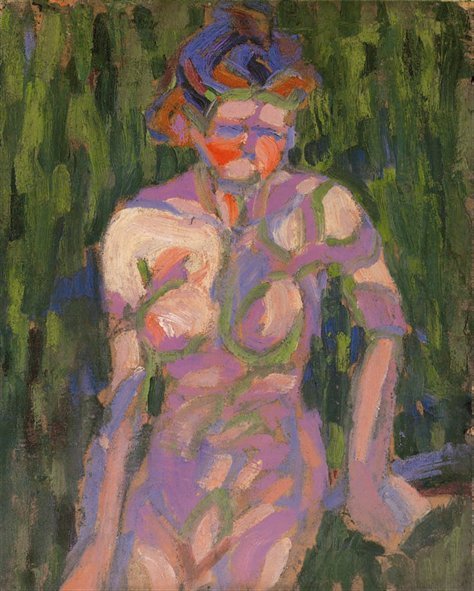
| The first part of this book is structured thematically, rather than chronologically, in order to draw out some of the more common characteristics and preoccupations of the movement. The second part consists of short essays on a selection of individual Expressionists, highlighting the distinctive aspects of each artist s work. Expressionism s tangled roots reach far back into history, and range widely across geographical terrain. Two of its most important sources are neither modern, nor European: the art of the Middle Ages and the art of tribal or so-called primitive peoples. |
Nude Laying on a Sofa (Isabella) 1906-1907 Charcoal on pencil, 68.5 x 89 cm Private collection |
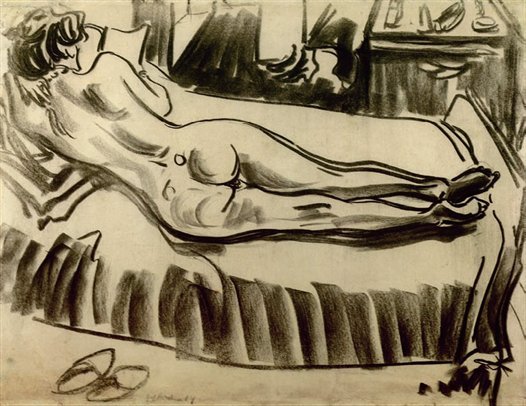
Font size:
Interval:
Bookmark:
Similar books «Kirchner: Mega Square»
Look at similar books to Kirchner: Mega Square. We have selected literature similar in name and meaning in the hope of providing readers with more options to find new, interesting, not yet read works.
Discussion, reviews of the book Kirchner: Mega Square and just readers' own opinions. Leave your comments, write what you think about the work, its meaning or the main characters. Specify what exactly you liked and what you didn't like, and why you think so.


